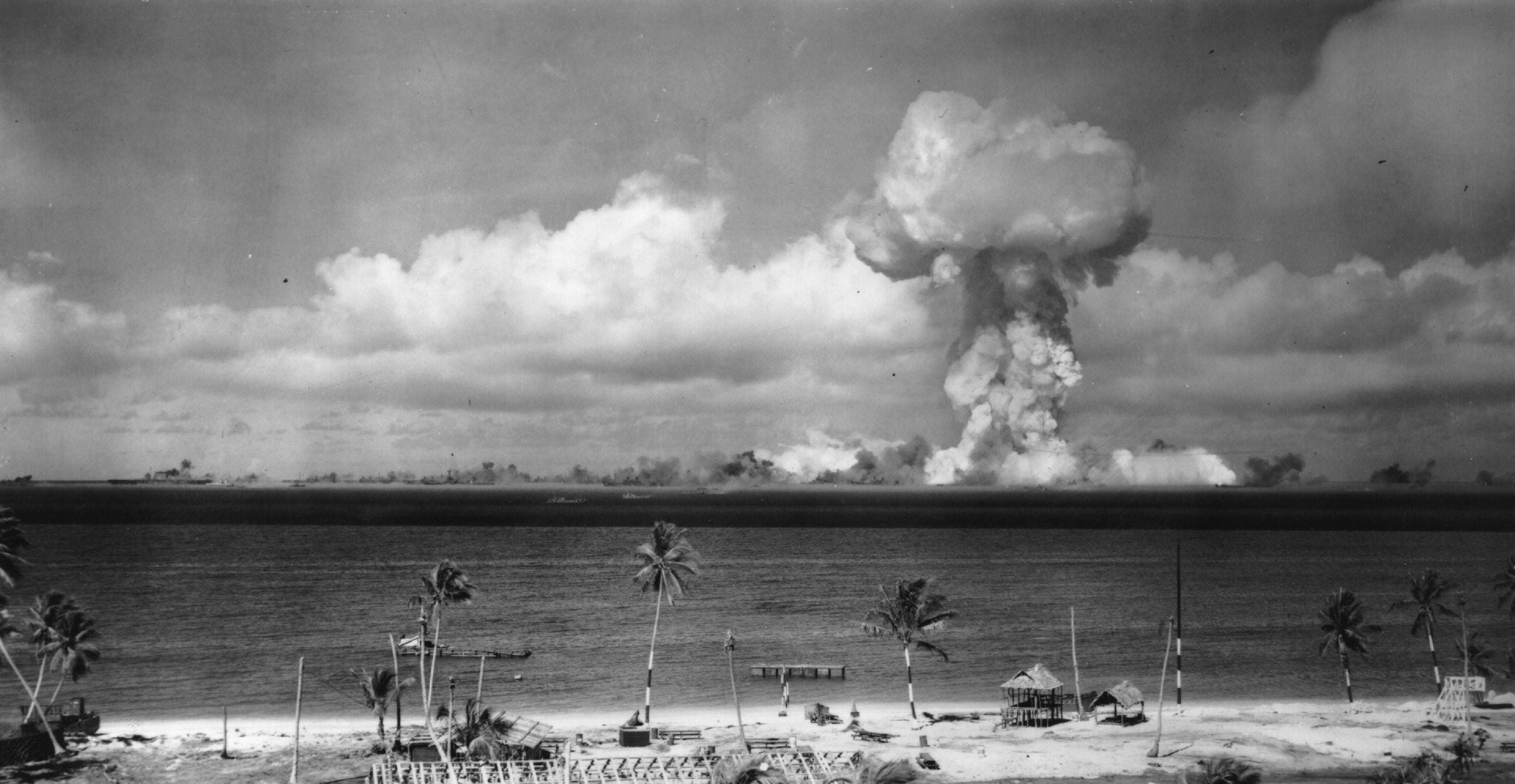WASHINGTON — A live nuclear test could be arranged within “months” if requested by the president, a top defense department nuclear official said Tuesday, following a report that the Trump administration has discussed the first American nuclear test in decades.
However, Drew Walter, performing the duties of deputy assistant secretary of defense for nuclear matters, stressed that there “has been no policy change” when it comes to avoiding live nuclear testing.
Over the weekend, the Washington Post reported that there have been high-level discussions around the possibility of doing a live nuclear test for the first time since 1992. Since that time, the United States has relied on simulations and non-explosive testing to assess the health and capabilities of the nuclear arsenal; the National Nuclear Security Administration, a semi-independent branch inside the Department of Energy, currently oversees that effort through its Stockpile Stewardship program.
Walter said it was his understanding that “a very quick test with limited diagnostics” could occur “within months” if ordered by the president for technical or geopolitical reasons. "I think it would happen relatively rapidly.”
RELATED

However, the data gathered from such a test would likely be minimal, given the need to quickly set it up; a fuller test, to gather large amounts of useful data, might be more likely to take years, he said at an event hosted by the Mitchell Institute.
Under presidential guidance going back to 1993, NNSA is required to maintain a capability to conduct a nuclear test within 24 to 36 months, according to an agency document. However, “Nuclear test response time depends on the specific details of the test.”
Walter added that he believes the NNSA has a spot picked out in Nevada where it could do underground testing.
There is no legal block on live testing, as America has not formally ratified the Comprehensive Nuclear-Test-Ban Treaty, which fell just short in the Senate in 1999. Like the U.S., China has signed onto the CTBT but not ratified it, and while Russia has, the U.S. has publicly questioned whether Moscow is fulfilling its promise not to do testing. (Public data has not substantiated those claims.)
Walter hinted in that direction Tuesday, saying there is “widespread concern about the major disparity in the way Russia and China appear to interpret and adhere” to the CTBT guidelines. He added that the U.S. “should be mindful of the implications over the long term of what other countries will learn, maybe not today but in the long term, if they conduct” live nuclear tests.
Eric Gomez, director of defense policy studies at the Cato Institute, argued that a U.S. resumption of testing would backfire, with China and Russia freed from pressure to avoid openly testing.
“America’s stockpile stewardship program is much better than Russia’s or China’s — there is more we can figure out about weapons from not testing them compared to our adversaries,” Gomez said. “Therefore, a U.S. test would reveal relatively little unique information to us, while Russian and Chinese tests that would likely follow ours would be very valuable for their own weapon designers."
Gomez also raised practical questions about testing, noting that the public in Nevada or Utah would likely be unhappy with the prospect of nuclear explosions in their states, no matter how far underground. In addition, testing is expensive — and could splinter the current bipartisan nuclear balance in Congress, he warned.
Aaron Mehta was deputy editor and senior Pentagon correspondent for Defense News, covering policy, strategy and acquisition at the highest levels of the Defense Department and its international partners.







